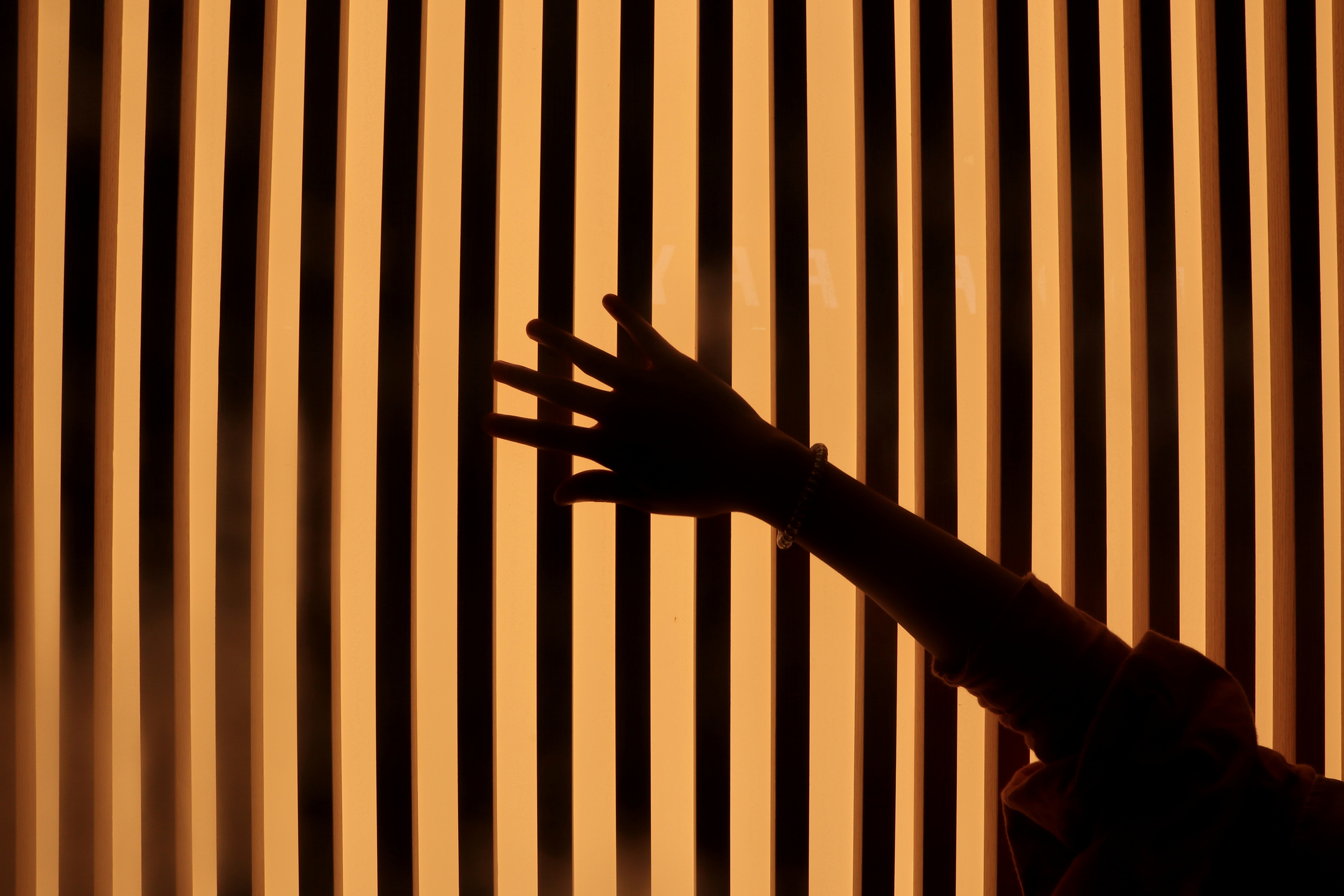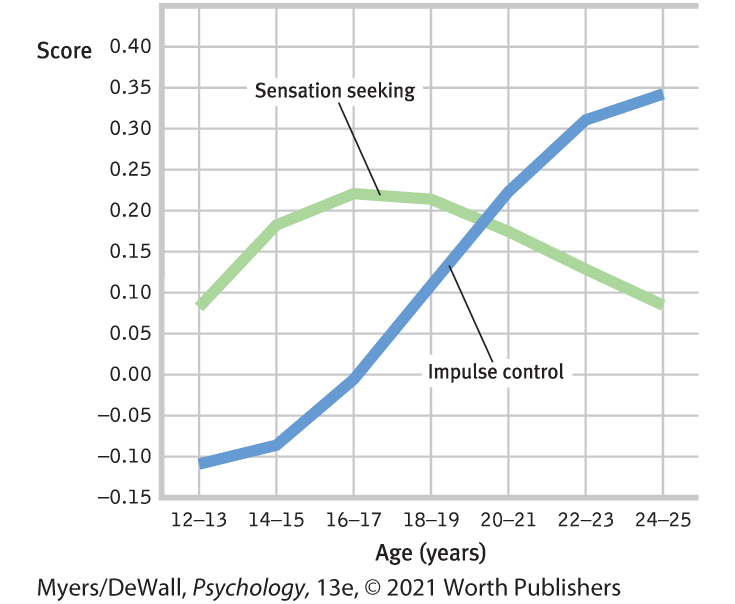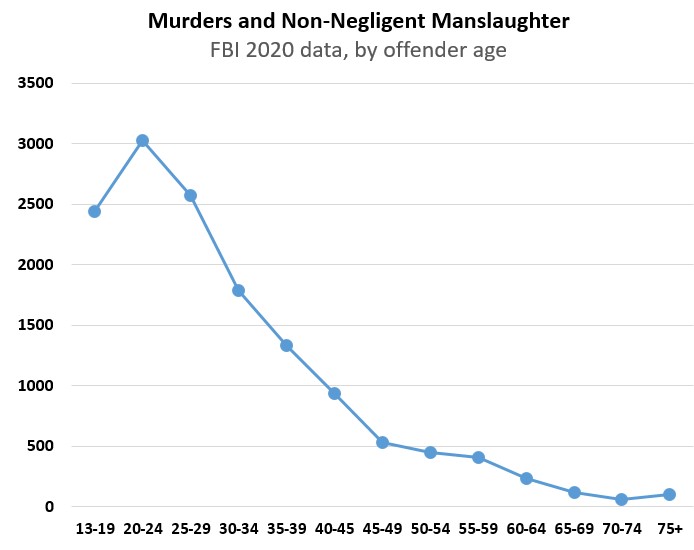
“I helped a so-called friend commit armed robbery and murder back in 1994,” explained Ming Ho, a Michigan prison inmate who first wrote me in 2015 upon spotting a math error in one of my textbooks. Two decades earlier, as a 10th grader, Ho shot someone in an armed robbery and then two weeks later, under the influence of an older peer, brutally shot and killed a 19-year-old Subway restaurant employee.
“I experienced great remorse and regret over the tragedy that I ashamedly participated in,” Ho explained. “But I salvage this experience by learning and growing from it. I want my life to mean something to someone. To contribute something, anything of substance and worth.”
True to his word, and after a religious transformation, he completed a high school degree, earned a community college degree, and is now completing a B.A. degree from a prison university program—with near straight A’s. He recently won an essay competition on conflict mediation, triumphing over law students, among others. Moreover, his former warden told me, for all but the troubled earliest years of his imprisonment, Ho has been a model prisoner. He is imprisoned at the lowest security level, with nary an infraction in the past 17 years.
This case, like many others, raises a basic question: For how long should a teen—in this case a 10th grader—be held accountable for their worst moments, and to what purpose? Does a 50 year sentence, spanning most of an offender’s life, violate the spirit of Supreme Court decrees? Or, prioritizing retribution over rehabilitation, should the sentence length reflect the severity of the offense, age notwithstanding?
Read More: The U.S. Prison System Doesn’t Value True Justice
Nearing age 45, with upstanding adult behavior, and encouraged by the Supreme Court’s rulings that most juvenile life sentences are cruel and unusual punishment, Ho sought and was granted a resentencing hearing. On March 28, 2022, his attorneys pleaded for his release, citing what informed the Supreme Court decision—the immature teen brain. The long-ago person who committed that ghastly act has, they argued, morphed into a more mature, gentle person.
Recounting the cold-blooded horror of the slaying, the victim’s father and aunt urged the judge to not let Ho walk free, his sobbing remorse notwithstanding. Let the punishment fit the crime. The state prosecution agreed, asking that his imprisonment continue with a “maximum minimum” (40- to-60-year) sentence, with credit for 27 years served.
Developmental neuroscience leads me to think 27 years is more than enough. Consider: When each of us were teens, our brain’s frontal lobes (which enable our inhibitions) lagged the development of our limbic system (which empowers our emotions). With brains not yet fully mindful of long-term consequences, many teens seek sensation, exhibit impulsiveness, and display volatility. As Justice Anthony Kennedy observed, it’s “what any parent knows.” Bedroom doors slam, music blasts. The teen brain is like a car with a powerful accelerator and weak brakes.
As they mature to their mid-20’s, teens’ impetuosity subsides as their impulse control grows, as seen in a national study reported by Laurence Steinberg that followed more than 7,000 American 12 to 24-year-olds:

As we might therefore expect, and as evident in the FBI homicide data below, teen violent crime peaks in the late teens and early 20s, and thereafter begins a long, slow decline. As psychologist David Lykken wryly observed, “We could avoid two-thirds of all crime simply by putting all able-bodied young men [who commit most violent crimes] in cryogenic sleep from the age of 12 through 28.” Lykken would not have been shocked that the Buffalo and Uvalde massacres were both at the hands of 18-year-olds.

But then the frontal lobes mature. Testosterone subsides. Men mellow. Norway recognizes this fact of life, with its 21-year sentence cap.
The best predictor of future behavior is recent past behaviors, which by all accounts have been peaceable for Ho. A 44-year-old parolee—especially a high achiever with a spotless recent record and a support network ready to assist his post-prison transition—is at minimal risk of repeating his appalling teen act. Such were the arguments embedded in Ho’s 29 parole-supporting letters, including my own and one from a prison warden.
Bipartisan voices have also reminded us of the societal and family costs of tax-funded, prolonged mass incarceration that serves no redemptive purpose. “Violent crime warrants proportionate punishment,” agreed 63 prosecutors, justice officials, and judges in a consensus letter to Attorney General Merrick Garland. “But justice demands that any such punishment reflect an offender’s youth and capacity for rehabilitation.”
Presented with these arguments, Michigan circuit court Judge Denise Langford Morris commended Ho’s attorneys for the best case she had heard in support of a juvenile murderer’s parole. She complimented Ho on his exemplary prison behavior and encouraged him to complete his college work and continue on to graduate study. And then she concurred with the state prosecutors, ordering him returned to prison to complete a 40- to 60-year sentence—with an earliest release in 2032, given credit for more “good time.”
The same week Ming Ho’s sentence was extended, Seattle Superior Court Judge Janet Helson offered an opposite answer, by releasing Terry Mowatt. 20 years ago, at age 21, Mowatt, like Ho, had murdered someone before becoming a model prisoner who has pursued higher education. Facing similarly educated and seemingly rehabilitated midlife inmates, Judge Morris and Judge Helson made opposite decisions.
Two judges. Two contrasting verdicts. Their disparity illustrates the inconsistent application of the Supreme Court constraints on juvenile sentencing. One judge, more than another, was impressed with the defense argument—that the long-ago person who committed a horrific act has aged into a more nonviolent brain and person today.
Mixed motives underlie juvenile crime sentencing. Justice aims both to punish and to rehabilitate. Looking backward, it seeks to hold people accountable. Looking forward, it seeks to restore lives and to minimize the societal costs of mass incarceration.
Whether we are judges or citizens, our natural inclination may be to punish: to “lock ´em up” and keep them there. We are disposed to believe in a just world—a world in which people are held accountable and get what they deserve.
We may also believe that the prospect of decades-long sentences can deter teens from crime. In reality, when committing impulsive crimes, people do not calmly calculate long-term consequences. Even the threat of capital punishment does not predict lower state homicide rates. The deterrence effect of a punishment lies less with its length than with its probability—its swiftness and sureness.
For some, including Ming Ho and Terry Mowatt, life’s worst moments are appalling. But all of us have had our lesser worst moments, the acts we wish we could take back. We, too, may have been held accountable for our misbehavior. And perhaps at some later point, we sought to restore the brokenness, to receive mercy, and to refocus from the shame of our past to the possibilities of our future.
More Must-Reads from TIME
- Cybersecurity Experts Are Sounding the Alarm on DOGE
- Meet the 2025 Women of the Year
- The Harsh Truth About Disability Inclusion
- Why Do More Young Adults Have Cancer?
- Colman Domingo Leads With Radical Love
- How to Get Better at Doing Things Alone
- Michelle Zauner Stares Down the Darkness
Contact us at letters@time.com